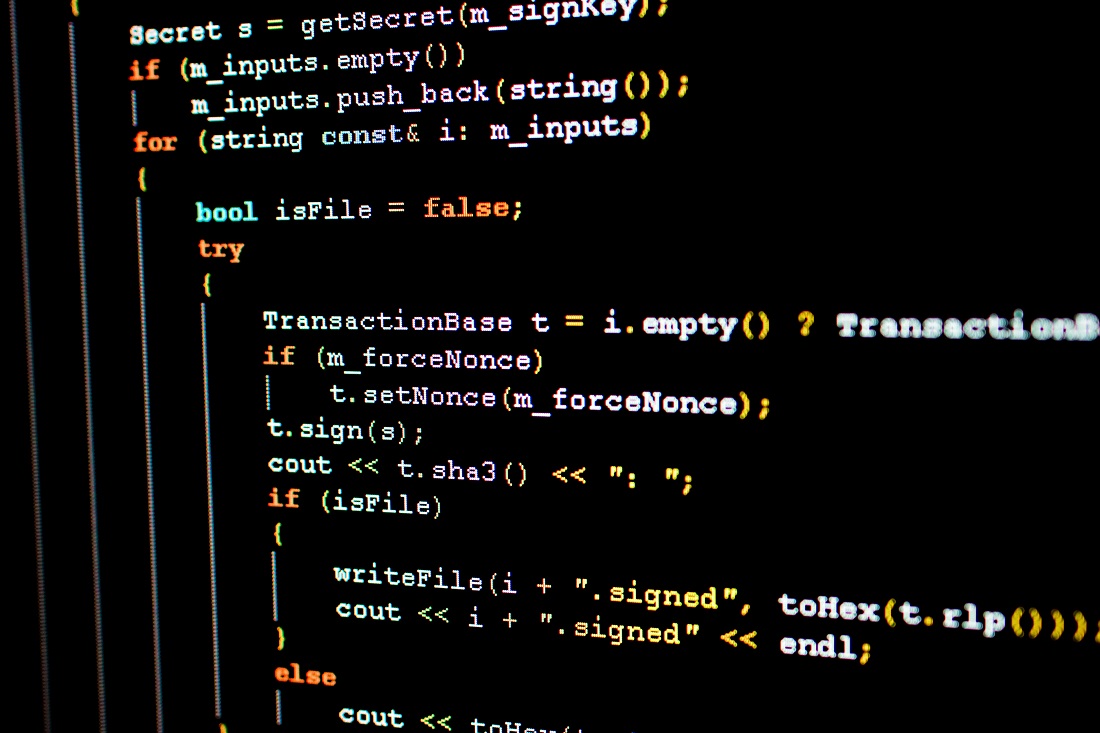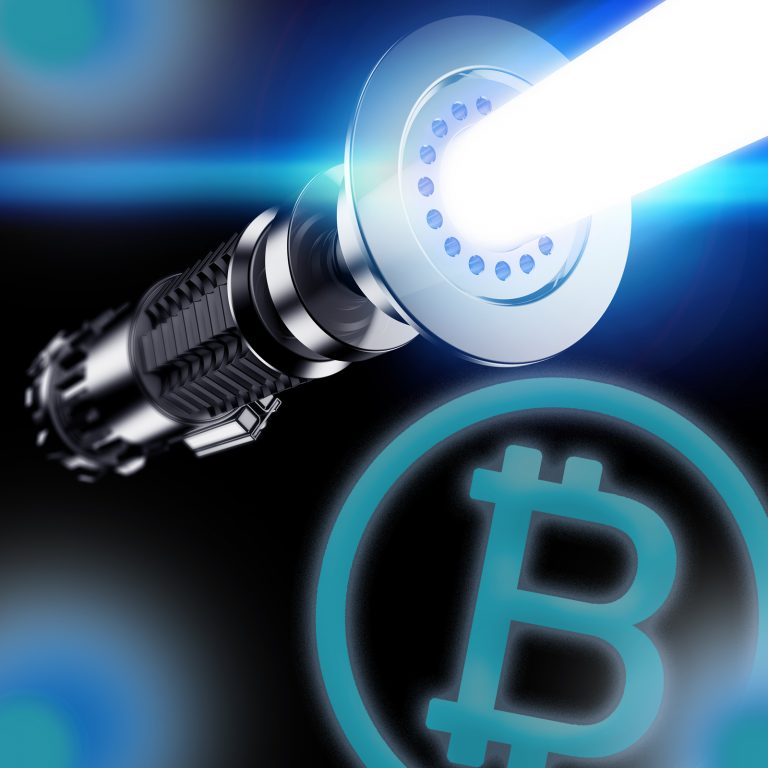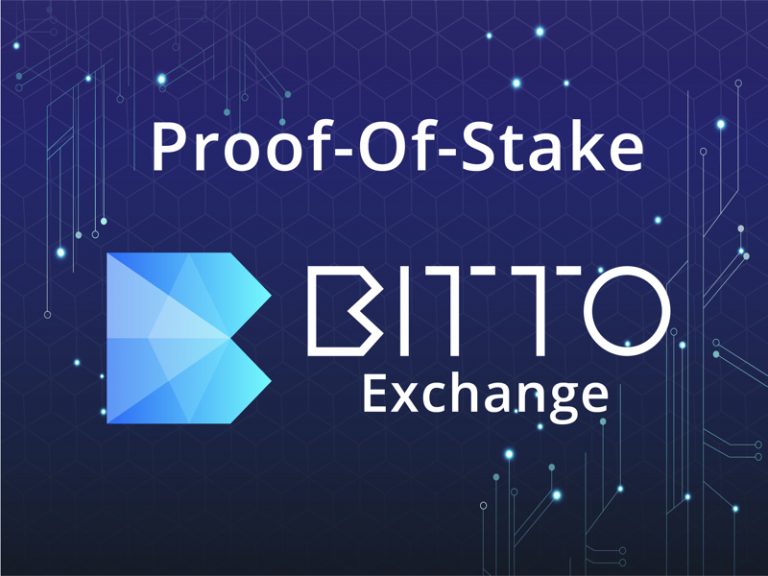2023-6-30 18:28 |
Introduction
Bitcoin miners collect and broadcast transactions in a block and verify their validity. Then they apply a cryptographic hash function of the previous block's header to the new block. Finally, they try to solve the proof-of-work problem. Satoshi Nakamoto adopted a proof-of-work (PoW) consensus mechanism to resolve the Byzantine Generals' Problem, establishing a transparent and objective protocol.
What Is Proof Of Work (PoW)?Proof of work is literally proof that work has been done to validate the network’s transactions and generate new bitcoin. It is the consensus mechanism and algorithm that uses computing power to verify transactions and add them to the Bitcoin blockchain. Such a mechanism allows the Bitcoin network to be trusted and remain decentralized.
PoW resolves the Byzantine generals' problems, which may fail a distributed computer system for different reasons, not only of malicious nature, but perhaps a software defect, a hardware malfunction, or a well-coordinated attack by a bad actor. They can all be difficulties that prevent nodes from reaching consensus on distributed networks.
The Byzantine Generals’ Problem is only common to decentralized systems, where it’s more difficult to come to an agreement.
Bitcoin resolves the Byzantine Generals’ Problem by providing a way to communicate and transfer value safely without the need to trust one another through a network of nodes that agree on the truth before it is timestamped. Once one node has recorded a transaction, a copy is propagated to all other nodes in the network. PoW was created to achieve this objective.
Why Is Proof Of Work Important?Proof of work is often misunderstood or underestimated, as many consider it a wasted effort on a poor system design; they claim that entering a transaction on any other digital ledger could be made instantly and with no effort. This is why proof of work is necessary for the ledger’s security and how it prevents any one party from compromising it. The effort is not wasted however, if it empowers a network to be an alternative to the current monetary system and its various flaws.
The significance of proof of work lies in its ability to serve as a tangible expense for generating bitcoin and safeguarding its credibility. It would be exorbitant to execute a 51% attack on the Bitcoin network with the intention of creating counterfeit coins or carrying out deceitful Bitcoin transactions. If any entity tries to compromise the Bitcoin network, it would have to redo all previous proof of work quickly enough to outpace the network's continuous proof of work. For this reason, Bitcoin has unforgeable costliness characteristics and is immutable since it is nearly impossible to change confirmed transactions.
To maintain stability in the proof-of-work system, Nakamoto implemented a simple yet genius solution referred to as the difficulty adjustment algorithm, which regulates the difficulty level of discovering a new block every 10 minutes. This is crucial to prevent the discovery of new blocks from happening too quickly as more miners join the network. It also ensures that the mining process does not become too slow if the mining activity drops.
Proof Of Work Versus Proof Of StakeWe’ve seen how PoW is a good use of energy to secure Bitcoin while forcing everyone to adhere to the same fixed rules, including the interdiction to issue more bitcoin to increase the supply.
The security difference between the two consensus mechanisms holds great importance. Proof of work requires energy consumption to ensure that Bitcoin maintains its position as the most secure network worldwide, whereas proof of stake (PoS) does not resolve the problem of possible interference from malicious entities. Instead, PoS sacrifices security for scalability, making it a faster blockchain, albeit one that cannot be trusted. Bitcoin's proof-of-work consensus mechanism is expensive, and motivates participants to only publish truthful information.
Proof of stake is the consensus mechanism for most altcoins, digital penny stocks, and other Ponzi schemes marketed as alternatives to bitcoin. Its consensus mechanism works through “staking,” which requires investors to lock the chosen protocol’s tokens into the system so that the token cannot be spent. However, the higher the number of tokens staked, the higher the chance of validating a block of transactions.
Considering that most altcoin tokens are issued to insiders and developers before they became publicly available, it’s easy to figure out how poorly decentralization is designed in proof-of-stake networks.
The primary differences between the two mechanisms are highlighted here:
Proof Of WorkValidation is performed by a network of minersCompetitive nature uses lots of energy and computational power to determine the probability of finding a new blockProof of work has a real-world physical cost to production, which insulates the network from attackThere is an economic and environmental advantage to proof of workProof Of StakeValidation is done by participants who offer their tokens as collateralLess energy is used, but the amount of stake or number of coins determines the probability of validating a new blockProof of stake has no real-world cost of production, which leaves the network vulnerable to attackThere is no environmental advantage to proof of stakeIn proof of stake, it’s easy to acquire a 51% stake and then change the rules of the protocol to one’s benefit, and relatively straightforward to censor network participation and activity, such as declining a person or entity's transactions by not including them.
How Proof Of Work WorksProof of work was previously achievable using central processing units (CPUs) and graphic processing units (GPUs). However, due to the vast amount of electricity required, it can now only be performed using specialized computers operated by miners, known as application-specific integrated circuits (ASICs).These serve to input transaction data, information from the previous block header, and a nonce (random number) to guess the result of hash functions.
Hash functions are mathematical functions. In Bitcoin, SHA-256 is the hash function algorithm that transforms your input data — anything that can be represented in ones and zeros — into the output, a string of 64 characters, which will be unique and perfectly correlated to the input data.
From how it works, it is impossible to figure out a resulting output from a publicly visible input other than through expensive ASIC-generated rapid guessing.
On the other hand, miners want to optimize their work. To be profitable, they must increase the number of hashes (or guesses) per second that their devices can produce while using the cheapest and most reliable energy source.
Bitcoin’s difficulty adjustment makes mining an even more competitive industry. In simple terms, proof of work is similar to buying lottery tickets with a prize draw every 10 minutes. The more tickets you buy, the greater the statistical likelihood of winning the lottery. In ASIC terms, a Bitmain Antminer S19j Pro can operate at 104TH/s, which basically means 104 trillion guesses, or tickets, per second.
Due to the increased competition, it's become harder for individual or solo miners to mine bitcoin since 2012, when ASICs became necessary. Yet, they can now join a mining pool to increase their chances of getting rewarded with bitcoin, though the funds would be split among the pool members.
Advantages And DisadvantagesProof of work is necessary to keep Bitcoin secure, immutable, and always decentralized. Here are the primary benefits and drawbacks of Bitcoin’s consensus mechanism.
Advantages Decentralization, i.e., the real breakthrough of the technologyCensorship resistant, as a result of decentralizationImmutability, the blockchain is nearly impossible to reverseIt’s a fair and objective system based on robust protocol rules and laws of physicsHigh level of security: PoW economically incentivizes miners to protect the networkCarbon and methane capture: Bitcoin exploits wasted energy to issue more coins and verify transactionsBy monetizing energy, PoW speeds up the rollout of renewable energy networks, and also improves load balancing on existing grids, making them more efficient and secureDisadvantagesSlower transaction speedsMining expenses (OPEX & CAPEX) are very high but necessary for proof of workPoW consumes a lot of energy, but this has been proven to encourage innovation in renewables and wasted energy exploitationCriticism Of Proof Of WorkCriticism of Bitcoin's energy consumption is common. Since Bitcoin requires a substantial amount of energy to protect the network, proof of work is an easy attack vector by those whose interests are more aligned with the pre-existing fiat financial system.
However, the widespread narrative fails to acknowledge that Bitcoin is, in reality, driving innovation in the technology that generates clean energy and exploits wasted energy.
How? Bitcoin miners need to find the most cost-effective energy sources to be profitable. As a result, affordable energy for Bitcoin mining is increasingly coming from renewables, as well as from wasted and "stranded" energy sources, rather than relying on fossil fuels.
RenewablesSince renewables — primarily wind and solar — are among the cheapest energy sources, Bitcoin miners are incentivized to subsidize their innovation, to the benefit of everyone.
Many misunderstand that energy consumption doesn’t directly produce carbon dioxide emissions, but the source may. The effect on carbon emission comes from energy production, not consumption.
Wasted EnergyFlared natural gas is an example of wasted energy: To avoid the high costs of transporting natural gas from remote locations, oil companies that produce it are recommended to either release the gas into the atmosphere or literally “flare” it to limit environmental impact. However, flaring it safely also has a cost, and if gas drillers could use a gas generator to power Bitcoin miners, that wasted energy is turned into good usage — producing bitcoin!
Stranded EnergyAs Bitcoin mining operations can be located anywhere in the world, they are increasingly attracted to “stranded” energy, which is often too remote for populated areas, like ocean currents or desert sun. Biogas is another such option, which produces reliable energy, but is oftentimes not connected to the grid.
Frequently Asked QuestionsHow is the difficulty level of the proof-of-work problem determined?
Depending on how many hashes per second are mining on the network, the hash function’s complexity will increase or decrease accordingly so that it takes miners an average of 10 minutes to find a new block across the global network.
Can brute force solve the proof-of-work problem?
The only way to resolve the proof-of-work problem is through brute force, a general problem-solving technique, and an algorithmic paradigm that searches all the possible solutions to a given problem before finding the most satisfactory one.
What happens to proof of work when all the bitcoin has been mined?
When all the bitcoin has been mined, proof of work will still be needed for validating transactions, for which miners will receive a fee.
Are there any viable alternatives to proof of work?
To produce a decentralized, immutable, censorship-resistant, secure cryptocurrency like bitcoin, there is no secure alternative to proof of work.
What happens if two miners solve the proof of work problem for the same block simultaneously?
The block that appears in the longest chain will be chosen, which is the one that has the “greatest combined difficulty” of the hashes used and took the most computational power to create it.
The Final WordPurposely misleading politicians and organizations have an advantage in criticizing Bitcoin’s proof of work and financing projects to discredit Bitcoin for its energy consumption. The advantage is to keep the current system as it is, beneficial to them, under the disguise that Bitcoin is wrong and harmful to humanity and the Earth.
Bitcoin is disruptive; it’s the hope humanity needs and must be discovered and understood to be fully appreciated. Proof of work is necessary to empower the transition to a new monetary system and a different world, and the effort required to produce it makes it even more worthy.
Similar to Notcoin - Blum - Airdrops In 2024
Work Force Coin (WFC) на Currencies.ru
|
|





















